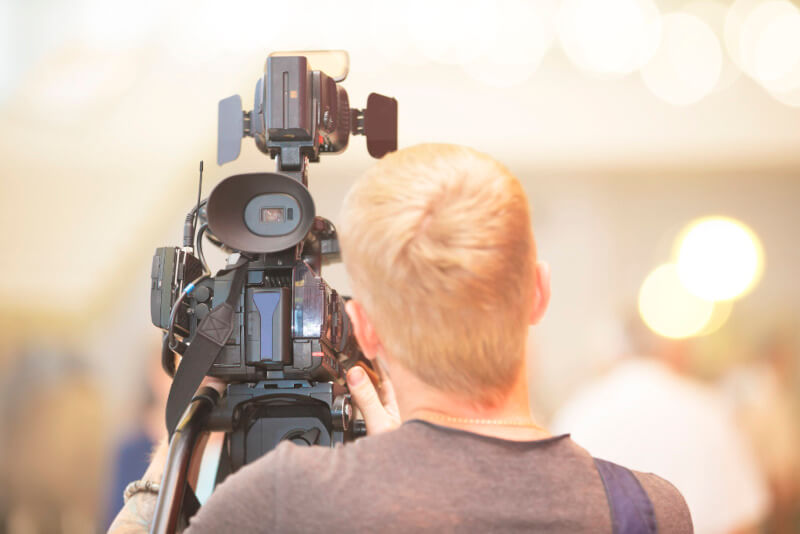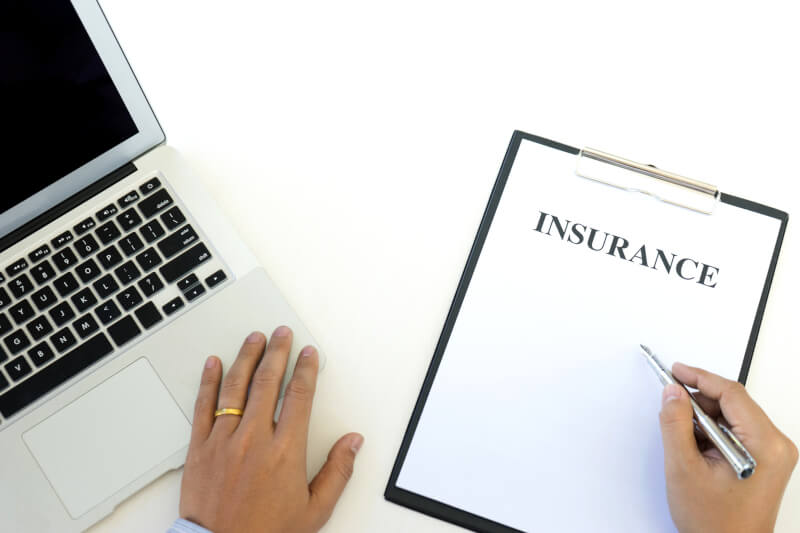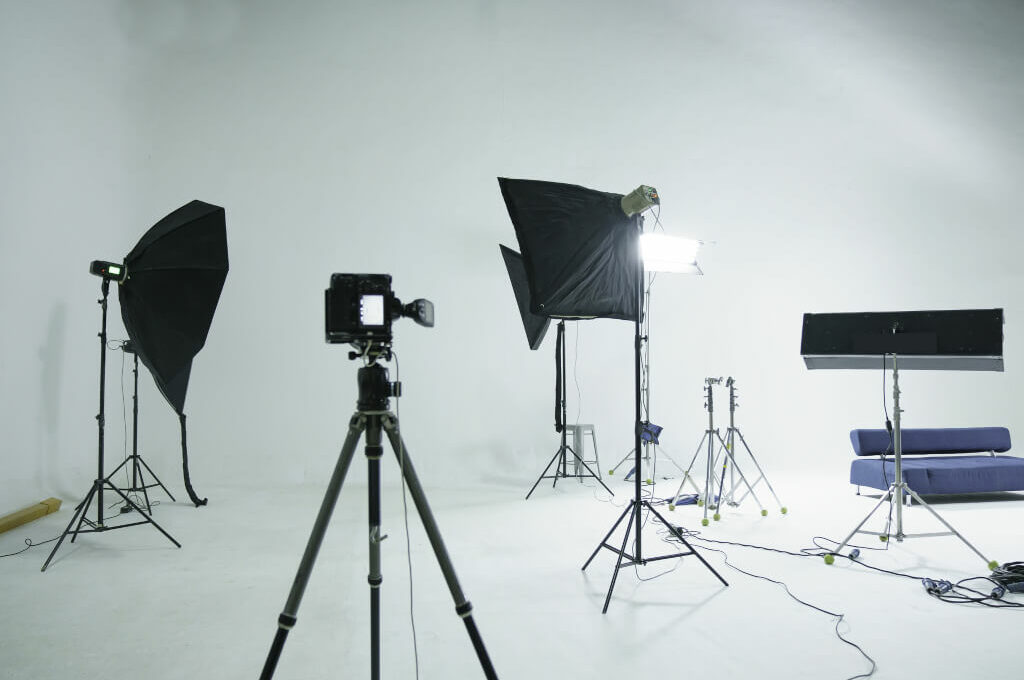I’d like to share a quick anecdote with you. The crew of The Hateful Eight, directed by Quentin Tarantino, borrowed a pricey 145-year-old guitar for a scene. Jennifer Jason Leigh’s character was going to play the guitar in that scene until Kurt Russell’s character grabs it out of her hands and smashes it to pieces on the floor. The plan was to cut the scene at the correct time, swap in a fake guitar, and then smash it. But nobody told Kurt Russel that, so he went off and made a fool of himself. You can see that there are several guidelines and recommendations to follow when using borrowed equipment on set. Let’s look at some best practices you can implement to avoid repeating past mistakes.
Know Your Equipment
The first rule of using borrowed equipment on a set is to familiarise yourself with its value. The equipment will not be treated with care if the people working with it do not recognise its worth. Second, make sure that all personnel that interacts with the machinery are competent experts in their fields. That’s why it’s crucial to assemble a skilled workforce.
Experts Are the Only Ones Who Should Be Allowed to Use Rented Pricey Equipment

The aim is to reduce vulnerability by eliminating incompetent parties. It’s crucial to establish rigorous guidelines for who is allowed to handle the rented equipment.
The Importance of Communication and Clarity in Handling Rental Equipment
An important lesson that can be learned from the aforementioned anecdote is the necessity of clear communication when dealing with rented equipment. Had there been effective communication on the set of The Hateful Eight, the historical guitar would not have been accidentally smashed. All those involved in handling the equipment should be briefed about its significance and the procedures for its handling. Unclear or incomplete information could lead to costly mistakes. For example, designate a person or a team responsible for the equipment who can be held accountable in the case of miscommunication or mishandling. This will not only ensure a smooth operation but also secure the safety of the equipment. It’s not just about respect for the equipment, but also about professional conduct on set.
Learn Where Everything is
Everyone using rented equipment on your set needs to sign a page verifying they removed it from the storage facility, and another sheet verifying its safe return. This is a secure method of keeping track of who is using the equipment and where it is at all times. A major setback for your shoot would be having to pay to replace rental equipment that was lost.
Master the Art of Transporting the Hired Equipment
Knowing how to pack and move the rental equipment is crucial if you need to change venues between shots. Damage is an inevitable possibility when transporting expensive machinery. When using borrowed gear, it’s important to set ground rules for everyone involved in the shoot.
Therefore, before relocating any equipment, the proper protocols must be followed. Listed below are a few recommendations:
- Power down the machines before you transport them.
- Use a packing list for your trip.
- Disassemble moving parts carefully if necessary.
- Keep everything in its original packaging.
- Do not skimp on quality in favour of speed.
- Ensure that the equipment is safely fastened to the vehicle before driving out.
- Put away the gear while it’s not in use.
- Always put rented equipment away in a secure location while it’s not in use. Renting equipment and then leaving it lying about is asking for trouble.
- Before plugging in any devices, make sure they are all in working order.
- A defective outlet might result in equipment failure or a fire hazard due to a short circuit. Therefore, check that all of the plugs are in and working.
- In addition, make sure the shooting location has an adequate power supply. You may require more amperage to power your appliances and lights.
Recognizing the Importance of Insurance

It cannot be emphasized enough how vital insurance is when handling rented equipment. This is not to say that you can be reckless with your handling, but it serves as an essential safety net should anything unforeseen occur. When renting pricey equipment, ensure that it is insured and that you fully understand the terms of the policy. Know what it covers and what it does not, as well as what is expected of you in terms of care and maintenance. Accidents are sometimes unavoidable, and the last thing you want is to be burdened with hefty replacement costs.
If Any of the Rented Equipment Breaks, What Should Be Done?
It doesn’t matter how cautious you are, accidents will still occur. It’s the same as in the story I told at the beginning; you just can’t keep tabs on everything or force everyone to do what you want. If something breaks, you should know what to do about it.
Therefore, keep the following in mind in the event of broken machinery:
- Get ready to give a detailed account of what happened to cause the equipment damage. Consider that the equipment may be covered by insurance so that you won’t have to foot the bill if something goes wrong that wasn’t your fault. Things fall of their own accord from time to time.
- Do not make the terrible error of discarding any damaged or broken equipment that may have been used during the shoot. If a lightbulb were to explode for whatever reason, you could use the shards as evidence. The equipment owner has every right to presume that you stole the broken bulb if you don’t return it.
- Attempt to get in touch with the rental property as soon as possible after an accident. Do not put off explaining what happened; do so as soon as possible.
The fact that the onus of care is always on the equipment renter is also crucial. A photographer who works for someone who rented the camera should be aware that the equipment belongs to the person who borrowed it regardless of whether or not the photographer caused any damage to the camera. You are responsible for the equipment’s future, therefore treat it with the utmost care at all times.
Understanding and Respecting the Equipment’s Historical and Cultural Value
In cases like the one described in the anecdote where an antique guitar was smashed, the item in question may not only have high monetary value but historical and cultural significance as well. Thus, such items require an even higher level of care and respect. Crew members should be properly educated about the historical value of these items, and special care should be taken to preserve their integrity. Even if insurance covers the monetary value of the item, it’s worth noting that cultural heritage can’t be simply bought back. It’s crucial to hire experts who are familiar with handling such artifacts if they are used in production.
Tips for Making the Most of Rental Equipment on Set
I’m hoping this has helped you realise why you need to use extreme caution when handling rented equipment. Even though accidents happen, your best bet is to keep your working materials undamaged. You should treat other people’s tools as if they were your own at all times. Take good care of it because it’s how you make a living. Be respectful of it, just as you would be of someone else’s possessions.

